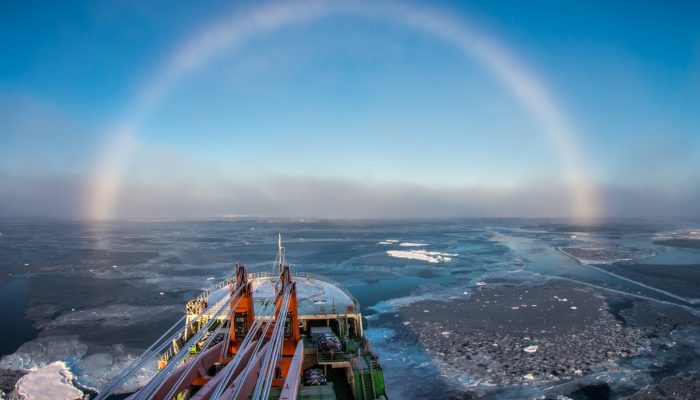
Despite heading into the long polar night – the time when the sun doesn’t shine in the globe’s most northerly latitudes and when temperatures drop and thick sheets of sea ice form -the Arctic is reported to be 20° C warmer than average for this time of year. Never has it been more important to understand the effects of climate change on Polar Regions.
Mikhail Varentsov, a climate and meteorology expert from the University of Moscow, was on board the Akademik Tryoshnikov research vessel during its scientific cruise, NABOS (Nansen and Amundsen Basin Observation System), in 2015.
“During the cruise we went through five Arctic seas from Arkhangelsk city in Russia to the latitude of 180 degrees East,” explains Mikhail.
The aim of the cruise was to collect oceanographic and meteorological data of the icy waters of the Arctic. The data would be used to gain an increased understanding of the challenges faced by the region due to rising temperatures. There was a particular focus on understanding what role warm Atlantic water plays in climate change in the Arctic.
“I was in the group responsible for measurements of parameters of sea and atmosphere interaction – heat and momentum fluxes, compounds of heat balance, cloudiness, etc., and during my watch I had to go to the upper deck to make observations about cloudiness and to check the state of our measurement equipment,” explains Mikhail.
Grey days, with total cloud cover were a common theme throughout the expedition – typical of the Arctic sea summer. But on an unusually clear day, with just a few fog patches in the horizon and remarkably cold water temperatures, Mikhail headed out to take his cloudiness measurements and was rewarded with an extraordinary view.
“Above the foggy strip, this white arch was shining, covering one third of the visible sky in the direction of the ship’s bow,” he explains. “It was a so-called white, or fog rainbow, which appears on the fog droplets, which are much smaller then rain droplets and cause different optic effects, which is a reason of its white colour.”
Despite the gruelling conditions and challenges of working in such a remote region, Mikhail feels privileged, “this trip made me love the simple and fragile beauty of the Arctic, however, this particular scene, with white rainbow above the ice was one of my strongest impressions from the trip.”
By Laura Roberts, EGU Communications Officer
Imaggeo is the EGU’s online open access geosciences image repository. All geoscientists (and others) can submit their photographs and videos to this repository and, since it is open access, these images can be used for free by scientists for their presentations or publications, by educators and the general public, and some images can even be used freely for commercial purposes. Photographers also retain full rights of use, as Imaggeo images are licensed and distributed by the EGU under a Creative Commons licence. Submit your photos at http://imaggeo.egu.eu/upload/.

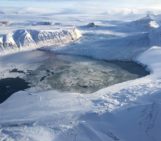
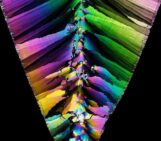
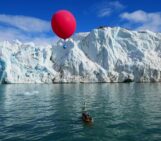
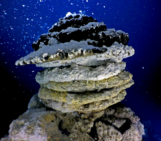
Pingback: GeoLog | Imaggeo On Mondays: Halo